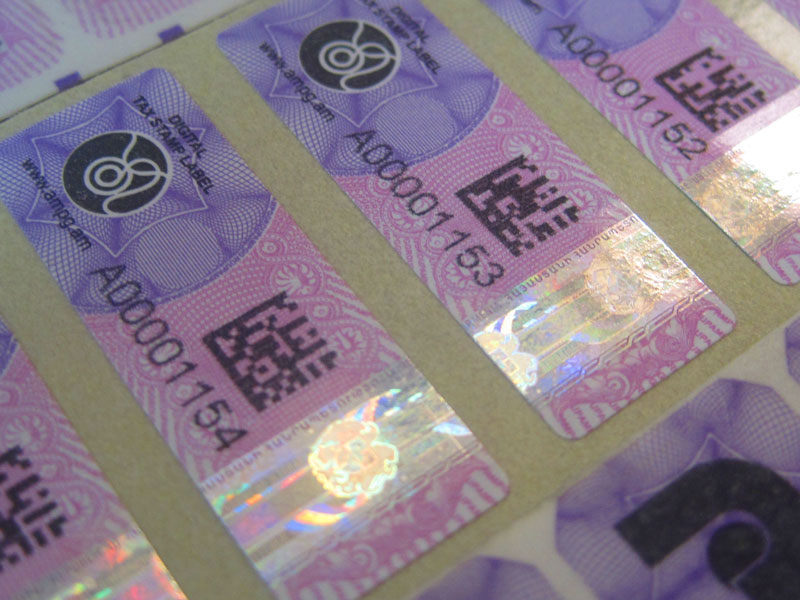The proliferation of counterfeit goods in the market poses a significant challenge to consumer safety and economic stability. As the demand for various products continues to grow, so does the temptation for unscrupulous actors to produce and distribute counterfeit versions. The impact of counterfeit goods on safety is not only a concern for consumers but also for businesses and governments worldwide.
Counterfeit goods can be found in almost every industry, including pharmaceuticals, electronics, automotive parts, and luxury brands. These fake products often evade regulatory scrutiny, leading to potentially hazardous outcomes for unsuspecting consumers. Understanding the impact of counterfeit goods on safety is crucial to mitigating the risks associated with these illicit products.

The Proliferation of Counterfeit Goods
Counterfeit goods have become more prevalent due to advancements in technology and global trade. The internet has made it easier for counterfeiters to reach a wider audience, while lax regulations in some countries provide fertile ground for the production and distribution of fake products. The global trade in counterfeit goods is estimated to be worth hundreds of billions of dollars annually.
Why Counterfeiting is Lucrative
The primary reason counterfeit goods are so widespread is the potential for high profits with minimal investment. Counterfeiters can produce fake versions of popular products at a fraction of the cost, undercutting legitimate manufacturers and offering lower prices to consumers. This creates an enticing market for counterfeit goods, despite the risks involved.
Industries Most Affected by Counterfeiting
Several industries are particularly vulnerable to counterfeiting, including:
- Pharmaceuticals: Fake medications can have deadly consequences, as they may contain incorrect dosages or harmful substances. For more on how the pharmaceutical industry is combating this, visit [Pharmaceutical Serialization Compliance](https://fullcolorprintingfirm.com/pharmaceutical-serialization-compliance/) (dofollow).
- Electronics: Counterfeit electronic components can lead to product failures and safety hazards.
- Automotive Parts: Fake auto parts can compromise vehicle safety and performance. Learn more about this issue at [Anti-Counterfeit Printing for Auto Parts](https://fullcolorprintingfirm.com/anti-counterfeit-printing-for-auto-parts/) (dofollow).
- Luxury Goods: Counterfeit luxury items may not pose direct safety risks, but they undermine brand reputation and consumer trust.
Consumer Safety at Risk
The most alarming consequence of counterfeit goods is the threat they pose to consumer safety. Fake products often lack the quality control and safety standards of genuine items, putting users at risk of injury or illness.
Health Hazards of Counterfeit Pharmaceuticals
Counterfeit medications are a serious health risk, as they may contain incorrect ingredients, incorrect dosages, or harmful substances. The World Health Organization estimates that one in ten medical products in low- and middle-income countries is substandard or falsified. For a comprehensive overview of anti-counterfeit measures, check out [Everything to Know About Anti-Counterfeit Labels](https://alpvision.com/everything-to-know-about-anti-counterfeit-labels/) (nofollow).
Electronic and Automotive Dangers
Counterfeit electronics and auto parts can lead to dangerous malfunctions. Fake electronic components can cause devices to overheat or fail, while counterfeit auto parts can compromise vehicle safety features, leading to accidents and injuries.
Economic Impacts of Counterfeiting
The economic impact of counterfeit goods extends beyond individual consumers to affect businesses and national economies. Legitimate companies lose billions of dollars in revenue annually due to counterfeiting, while governments miss out on tax revenues.
Impact on Businesses
Businesses suffer significant losses from counterfeiting, including lost sales, damaged brand reputation, and increased costs for anti-counterfeiting measures. Companies must invest in technologies and strategies to protect their products and consumers.
Government and Economic Consequences
Governments face reduced tax revenues and increased enforcement costs due to counterfeiting. The economic impact is particularly severe in developing countries, where regulatory frameworks may be weaker.
Combating Counterfeit Goods
Efforts to combat counterfeit goods involve multiple stakeholders, including governments, businesses, and consumers. By working together, these groups can reduce the prevalence of counterfeit products and mitigate their impact on safety.
Government Regulations and Enforcement
Governments play a crucial role in regulating and enforcing laws against counterfeiting. Stronger intellectual property protections and international cooperation are essential to combat the global counterfeiting problem.
Business Strategies and Technologies
Businesses can protect their products and consumers by implementing anti-counterfeiting technologies, such as serialization and holograms. Learn more about industry standards at [Anti-Counterfeit Printing Industry Standards](https://fullcolorprintingfirm.com/anti-counterfeit-printing-industry-standards/) (dofollow).
Consumer Awareness and Vigilance
Consumers can protect themselves by being vigilant and informed. Purchasing products from reputable sources and checking for authenticity markers can help reduce the risk of buying counterfeit goods.
Future Outlook and Innovations
As technology advances, so do the methods used by counterfeiters. However, innovations in anti-counterfeiting measures offer hope for the future. Businesses and regulators must stay ahead of counterfeiters by adopting new technologies and strategies.
Role of Artificial Intelligence
Artificial intelligence is increasingly being used to detect and prevent counterfeiting. AI can analyze patterns and identify counterfeit products more accurately than traditional methods. Discover more about AI’s role in anti-counterfeiting at [AI in Anti-Counterfeit Printing](https://fullcolorprintingfirm.com/ai-in-anti-counterfeit-printing/) (dofollow).
Emerging Technologies
New technologies, such as blockchain and advanced labeling systems, are being developed to enhance product authentication and traceability. These innovations hold promise for reducing the prevalence of counterfeit goods.
Conclusion
The impact of counterfeit goods on safety is a pressing issue that requires a concerted effort from all stakeholders. By understanding the risks and taking proactive measures, we can protect consumers and businesses from the dangers of counterfeit products. Continued innovation and collaboration are essential to overcoming this global challenge.

FAQs
What are counterfeit goods?
Counterfeit goods are fake products that are made to imitate genuine items, often with the intent to deceive consumers into believing they are purchasing the real thing.
How do counterfeit goods impact consumer safety?
Counterfeit goods often lack the quality and safety standards of genuine products, posing risks of injury, illness, or product failure.
What can consumers do to avoid counterfeit goods?
Consumers can protect themselves by purchasing from reputable sources, checking for authenticity markers, and staying informed about common counterfeiting techniques.
This article contains affiliate links. We may earn a commission at no extra cost to you.







